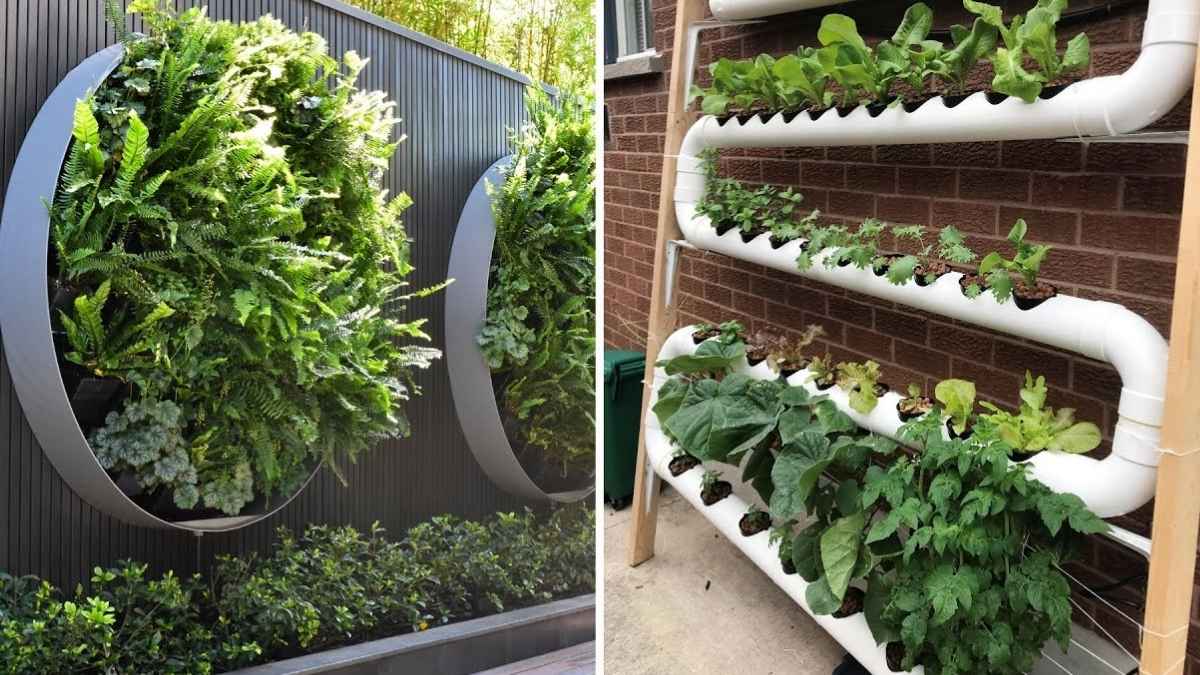A vertical garden wall is a beautiful and practical way to bring nature into your home, especially when space is limited. Whether you live in an apartment, a house with a small yard, or you simply want to add a touch of greenery indoors, a vertical garden can be an ideal solution. Not only does it enhance the aesthetic appeal of any space, but it also provides a range of environmental and mental health benefits. If you’re wondering how to create a stunning vertical garden wall at home, here’s a simple guide to get you started.
Why Choose a Vertical Garden?
Vertical gardens are becoming increasingly popular in urban environments, and for good reason. They allow you to grow plants without needing a large plot of land. A vertical garden saves space, adds a unique decorative element to your home, and can improve air quality by filtering out toxins. Moreover, gardening is known to have therapeutic effects, reducing stress and promoting mental well-being.
Plan the Space for Your Vertical Garden
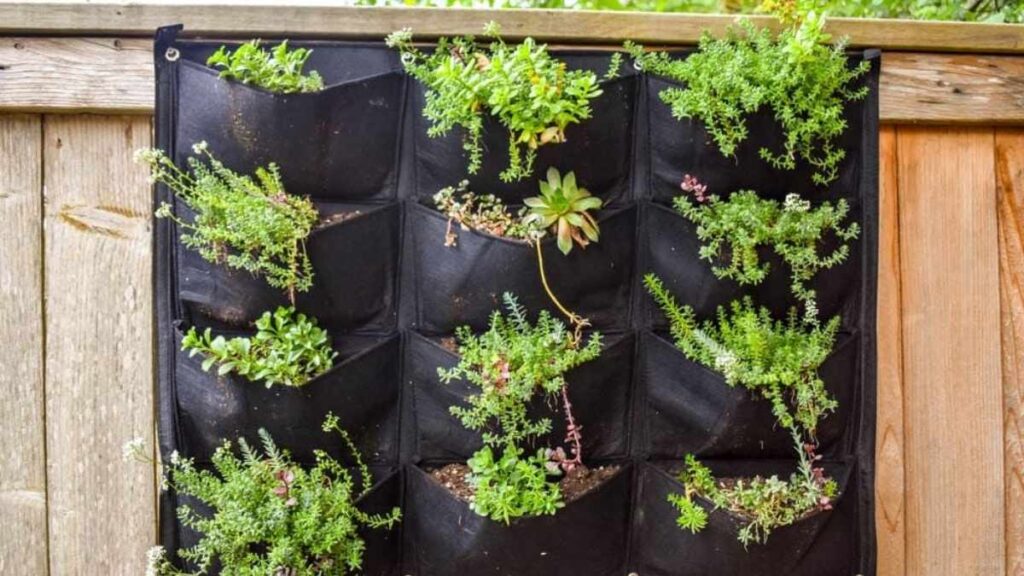
Before diving into the creation of your vertical garden, it’s important to plan the space. Choose a wall or a section of a wall that gets enough natural light for your plants to thrive. If you’re building your garden indoors, make sure the location receives indirect sunlight, especially if you’re growing plants that require moderate to low light. If you’re planning the vertical garden outdoors, pick a wall that gets partial sunlight throughout the day, depending on the types of plants you want to use.
You also need to consider the size of the wall. The larger the wall, the more plants you can incorporate. However, even a smaller space can be transformed into a beautiful vertical garden with the right design and plant choices.
Select the Right Plants for Your Vertical Garden
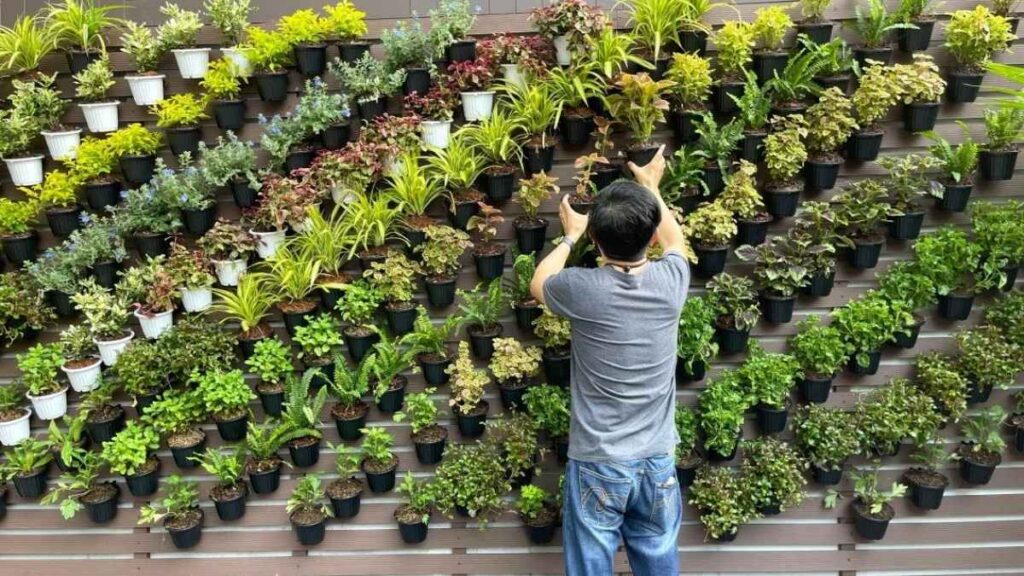
Choosing the right plants is key to the success of your vertical garden. It’s important to select plants that will thrive in your chosen environment. For indoor vertical gardens, consider plants that do well in lower light conditions, such as ferns, spider plants, or ivy. If you’re creating a garden outdoors, you can choose a wider range of plants, including climbing vines, succulents, and flowers.
The type of plants you choose will also depend on the style you’re going for. For example, if you want a lush and tropical look, you could use plants like pothos, ferns, and philodendrons. For a more minimalist or desert-like feel, consider using succulents such as aloe vera, echeveria, or sedum. It’s also helpful to mix plants with different textures, colors, and heights to add visual interest.
Choose the Right Vertical Garden Structure
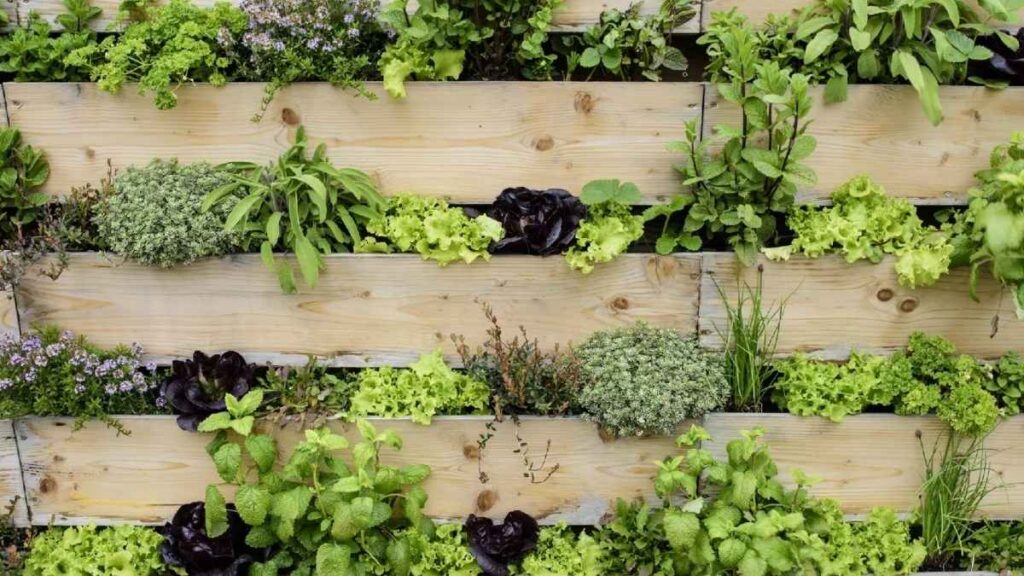
The structure of your vertical garden is equally important as the plants you select. There are several ways to build or install a vertical garden, depending on your space and budget. Here are some popular methods:
- Wall-mounted planters: These are individual pots or containers that can be hung on a wall. This is one of the easiest ways to set up a vertical garden. You can either buy pre-made wall-mounted planters or create your own using wooden frames, plastic containers, or even old pallets.
- Vertical garden frame: This method involves creating a frame or grid where plants are arranged in rows. You can use wire mesh or a wooden frame with pockets for each plant. This allows plants to grow in a cascading, tiered arrangement. These structures are great for plants like succulents, small herbs, or trailing vines.
- Living wall panels: These are specialized panels that contain pockets or cells where plants are placed. Living wall systems are usually used for larger-scale projects and can be a bit more expensive. However, they offer a clean, professional look and are ideal for growing a variety of plants, from herbs to flowers.
- Pallet garden: Repurposing wooden pallets is a budget-friendly and eco-friendly way to build a vertical garden. You can attach a pallet to a wall and fill the slats with soil, then plant your greenery. The rustic look of a pallet garden works well with both indoor and outdoor spaces.
Prepare the Wall and Install the Structure
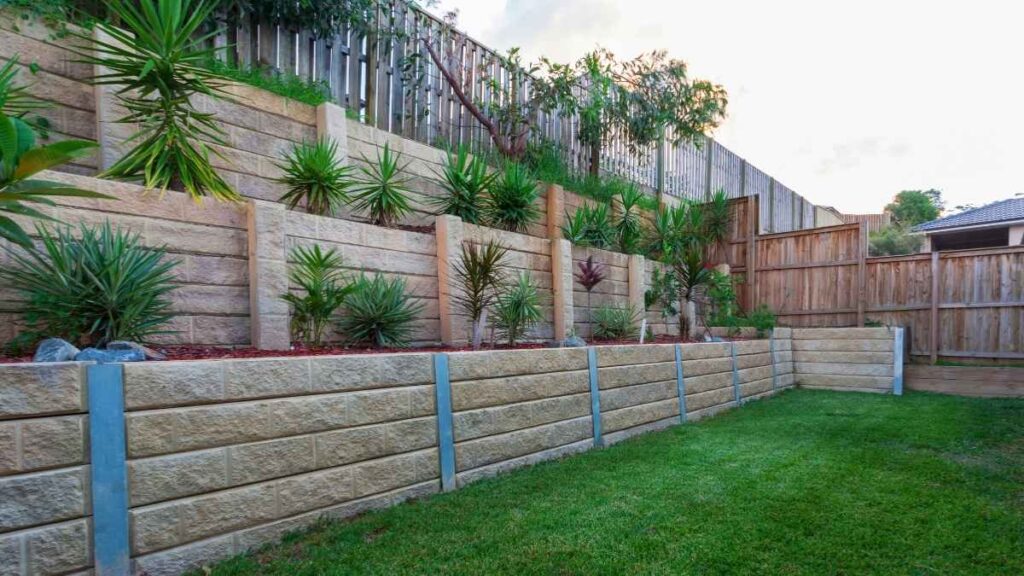
Once you have selected your structure, it’s time to install it. For wall-mounted planters, simply ensure that the wall can support the weight of the plants and containers. For larger structures, you may need to attach anchors or brackets to ensure stability. Be sure to measure the space carefully and check that everything is aligned before fixing anything in place.
If you’re using a living wall system, you may need to set up irrigation systems for the plants. This is especially important for outdoor vertical gardens where plants will need consistent watering. Indoor vertical gardens usually require less watering, but you can still use a drip irrigation system or watering cans to keep your plants hydrated.
Plant Your Vertical Garden
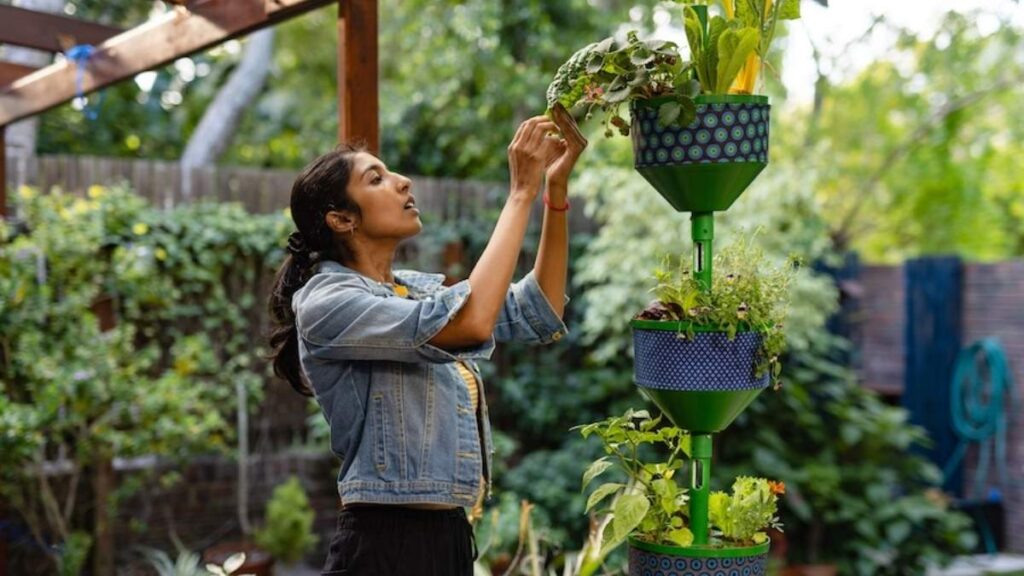
Now comes the fun part planting your garden! Begin by adding the soil to the containers or pockets of your structure. Be sure to use well-draining soil, as plants in vertical gardens are more susceptible to root rot due to limited drainage. Gently place your plants into the soil, ensuring that each one has enough room to grow.
When planting, think about how you want the plants to interact. Taller plants should go at the bottom of the structure, while shorter plants and ground covers can be placed higher up. If you’re using trailing plants like ivy or morning glories, make sure they have space to cascade down.
After planting, give your garden a good watering and check that the water drains properly. Be careful not to overwater, as this can cause the plants to suffer.
Maintenance of Your Vertical Garden
Once your vertical garden is set up, the maintenance is relatively simple. Make sure to water your plants regularly and provide additional nutrients through fertilizer if necessary. Prune any dead or overgrown leaves to maintain the shape and health of the plants. Check for pests, such as aphids or spider mites, and treat them as needed.
If you have an irrigation system installed, check it periodically to ensure it’s working correctly. For outdoor gardens, keep an eye on weather conditions and adjust your watering routine accordingly.
Final Thoughts
Creating a stunning vertical garden wall is a rewarding project that can transform any space. With the right plants, structure, and care, you can enjoy the beauty and benefits of a green wall in your home or garden. Whether you opt for a simple, DIY pallet garden or a more sophisticated living wall, the process of bringing nature indoors is sure to leave you with a sense of accomplishment and a vibrant, fresh environment.
Take your time, enjoy the creative process, and watch your space come alive with lush greenery!

